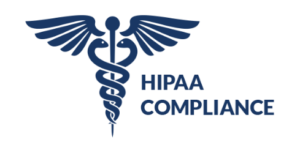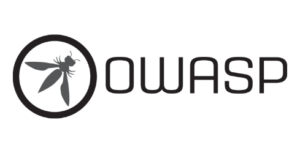What is Cloud Penetration Testing?
Cloud penetration testing is used to evaluate a cloud system’s strengths and weaknesses to strengthen its overall security posture. Risks, vulnerabilities, and gaps can all be identified through cloud penetration testing. Vulnerabilities that can be exploited. Determine how to make the most of any exploitation-related access.
Cloud security is a critical feature of any online computing environment. Cloud Penetration Tests aims to recognize risks and vulnerabilities on the following platforms:
- Cloud Based Servers
- Web Applications
- Networks
- Online Systems
- Hosts
- Network Devices (Routers, switches etc.)




























